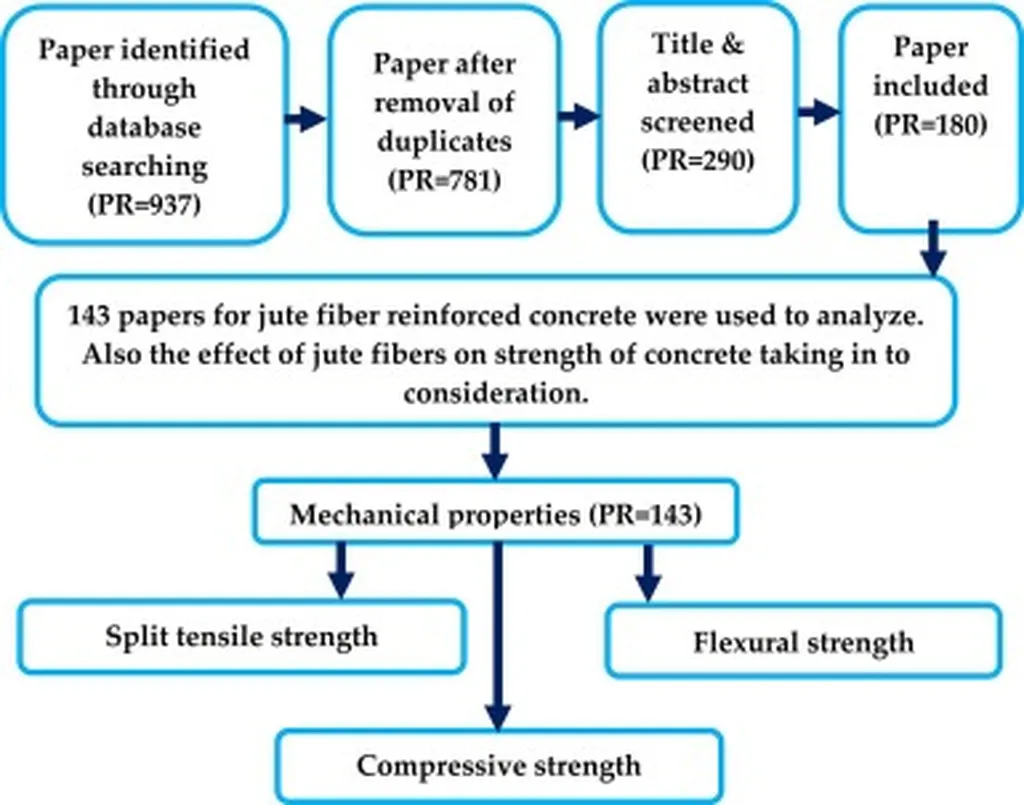In the quest for sustainable construction materials, researchers have turned to an unlikely ally: jute fibers. A recent study published in the journal *BioResources* (which translates to “Biological Resources”) explores how these natural fibers can reinforce cementitious mortars, offering a greener alternative to traditional materials like polypropylene fibers. The research, led by Comlan Vianney Zomahoun from the University of Abomey-Calavi in Benin, delves into the mechanical performance and properties of mortars enhanced with jute fibers, with promising results that could reshape the construction and energy sectors.
Zomahoun and his team focused on the mechanical strengths—compressive and flexural—and other properties of mortars reinforced with small-scale jute fibers. The fibers were pre-treated with demineralized water and cut into lengths no longer than 5 mm to ensure a homogeneous mix without the need for superplasticizers. The findings revealed that mortars reinforced with just 0.5% jute fibers exhibited higher tensile and compressive strength compared to ordinary mortars. “The introduction of these fibers not only enhances the mechanical properties but also contributes to energy efficiency by retaining interior temperatures during cooler periods,” Zomahoun explained. This could lead to significant reductions in the power consumption of home air-conditioning systems, a boon for the energy sector.
Beyond mechanical performance, the study highlights the environmental benefits of using jute fibers. “These fibers are natural, recyclable, and reduce the need for cement, admixtures, and water,” Zomahoun noted. This reduction in material usage aligns with the growing demand for sustainable construction practices, offering a cost-effective and eco-friendly solution.
The implications of this research extend beyond individual buildings. As the construction industry increasingly prioritizes sustainability, the integration of plant fibers like jute into cementitious materials could become a standard practice. This shift could lead to broader adoption of green building materials, reducing the environmental footprint of the construction sector while also cutting energy costs for consumers.
The study’s findings suggest a promising future for plant fibers in cementitious materials, with potential applications ranging from residential buildings to large-scale infrastructure projects. As Zomahoun and his team continue to explore the possibilities, the construction industry stands on the brink of a green revolution, one reinforced with the humble jute fiber.

